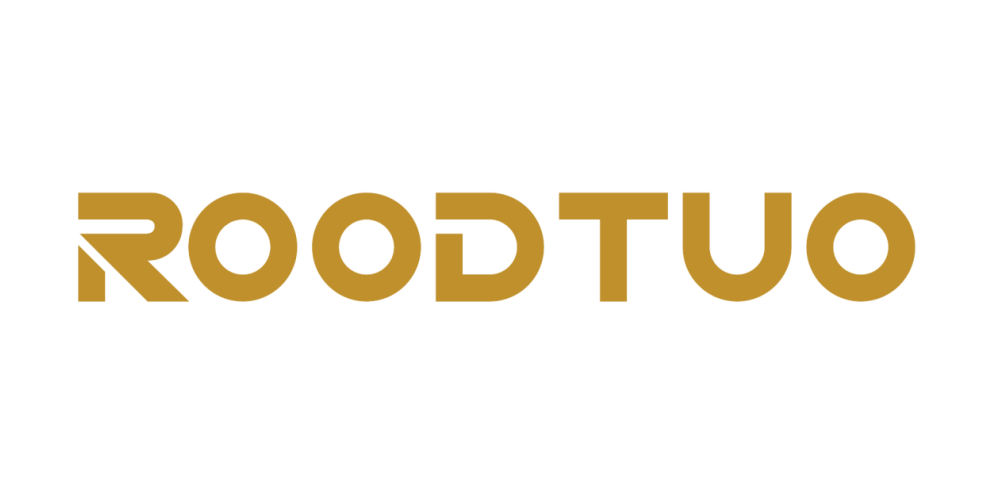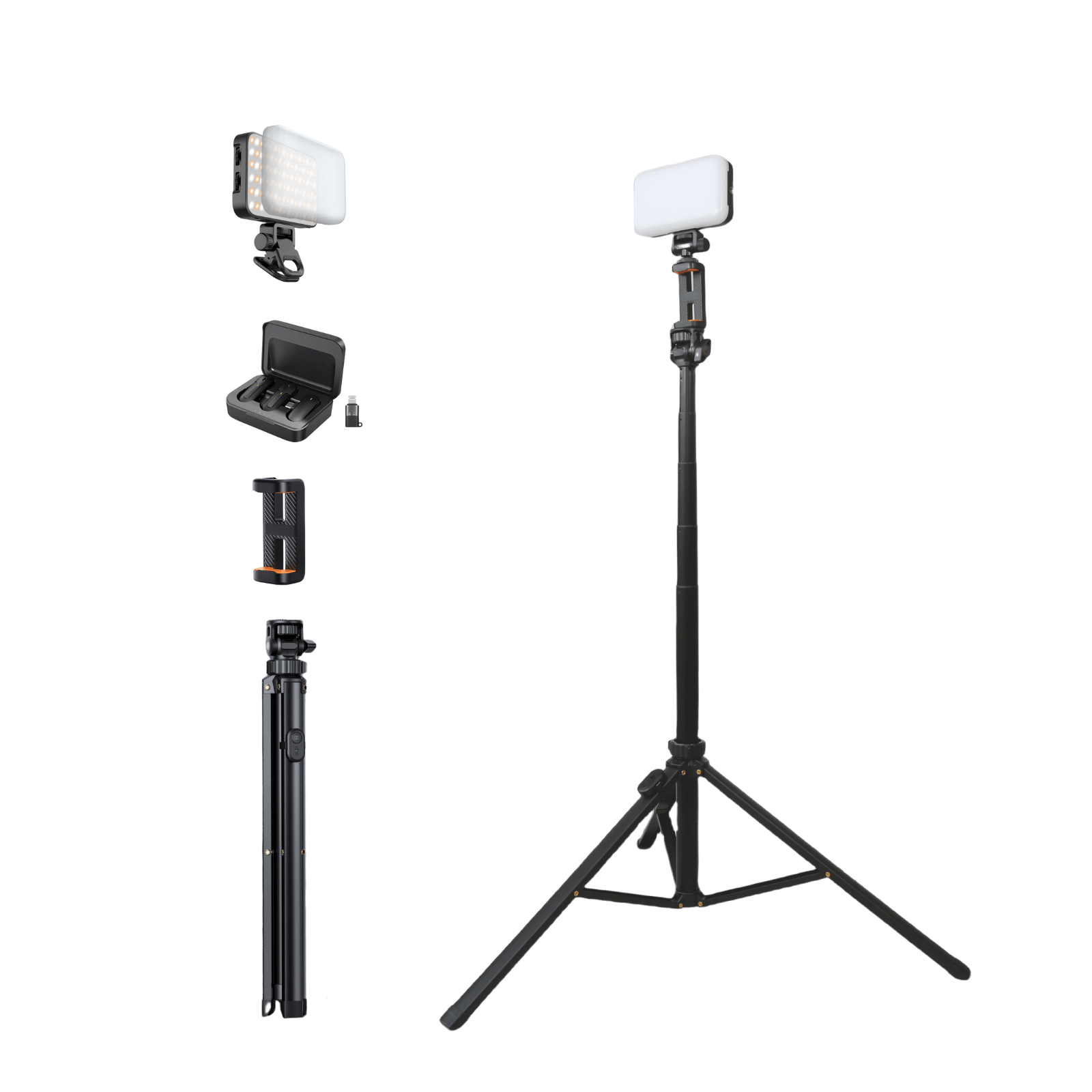Great video content doesn’t start when the camera starts rolling—it starts with a plan. Behind every cinematic frame, smooth motion, or emotionally compelling sequence is a creator who made dozens of decisions before pressing record.
For mobile creators and professionals alike, planning a shot is about much more than choosing a location. It involves gear setup, camera height, lighting, motion control, and a deep understanding of what the scene needs to express.
In this article, we break down how experienced creators approach shot planning—so you can bring the same intention and efficiency into your own workflow.

1. It All Starts with the Story (Even for 30 Seconds)
Whether it’s a product reel, a travel vlog, or a short-form video for social media, professionals begin by asking:
“What am I trying to say with this shot?”
Is the goal to introduce a mood, focus on a product detail, build suspense, or show scale? This intent determines the technical choices that follow:
-
Wide or close frame?
-
Static or moving camera?
-
Neutral or dynamic angle?
-
Ambient or artificial light?
A 10-second clip may contain only one shot—but pros still plan it like a scene, not a guess.
2. Pre-visualizing Composition and Movement
Before setting up gear, many pros mentally frame the shot or use their phone to test angles and motion. This stage helps define:
-
Subject positioning: centered, off-center, foreground vs. background
-
Depth layering: using environment to create foreground-middle-background
-
Motion paths: how the camera or subject will move
This is where decisions about camera height and tripod placement are made—not during recording, but before.
3. Choosing the Right Tools for the Scene
Once the shot is visualized, the gear follows—not the other way around.
-
Static talking head? A medium-height tripod with a pan-tilt or fluid head provides locked framing and minor adjustment.
-
Walk-and-talk vlog? A gimbal or stabilizer with tracking helps maintain subject focus.
-
Product macro? A low-angle tripod setup paired with a light diffusion panel ensures clarity.
-
Cinematic motion? A tripod with detachable fluid head enables panning without handheld shake.
Professional creators rely on modular systems—tripods with removable heads, adjustable clamps, and universal mounts—so they can adapt the same core gear to each scene.
ROODTUO TRIPODS & STANDS COLLECTION

4. Lighting Considerations Before Hitting Record
Pros don’t fix lighting in post—they shape it before the shot.
They’ll evaluate natural light, shadows, reflections, and subject visibility first, then adjust:
-
Fill lights for eliminating harsh shadows
-
RGB lighting for atmosphere or separation from the background
-
Softboxes or diffusers to create gentle transitions on the subject’s face
-
Backlights to increase depth
Even a simple mobile setup benefits from careful light positioning. Creators will often mark the light angle before setting the tripod to avoid overexposure or unwanted reflections.
5. Test Shots and Micro-Adjustments
No matter how experienced, professionals always run test shots before filming for real. They check:
-
Focus plane
-
White balance
-
Headroom and margins
-
Motion path (if the camera moves)
-
Audio quality (if using external mics)
This is where gear setup proves its value. A stable tripod or a fluid head makes minor framing adjustments fast and precise—no wobbles, no resets, just efficiency.
6. Lock, Rehearse, Record
Once the scene is ready:
-
The frame is locked
-
The motion is rehearsed
-
The subject is cued
-
Only then does the camera roll
This structured approach reduces reshoots and post-editing frustration. The result is footage that’s consistent, intentional, and production-ready—even if it was shot with a smartphone.
Conclusion: Think Like a Director, Even as a Solo Creator
Planning your shot isn’t about being overly technical—it’s about removing chaos so creativity can shine. When your tools are modular, your lighting is purposeful, and your framing is thoughtful, every shot serves your story—not just your lens.
Whether you're filming at home or in a remote location, the habits of professional creators are surprisingly repeatable. And the difference is visible from the very first frame.


Share:
Vertical vs. Horizontal Video: What Really Matters in 2025
How to Shoot Smooth Mobile Videos Without a Gimbal